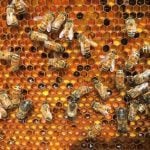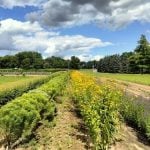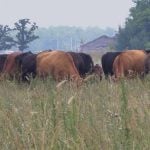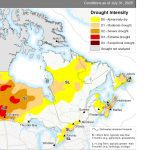Farmers in Saskatchewan are switching to direct seeding methods for more than just environmental reasons.
The move toward farming methods that result in little or no soil disturbance has been on a steady climb in Saskatchewan in recent years.
According to a Statistics Canada agriculture survey, 2.4 million acres of Saskatchewan cropland were seeded using low soil disturbance or direct seeding methods in 1990. That number rose to 3.8 million in 1993 and hit eight million in 1996.
That means 20 percent of Saskatchewan land was direct seeded this year.
Read Also
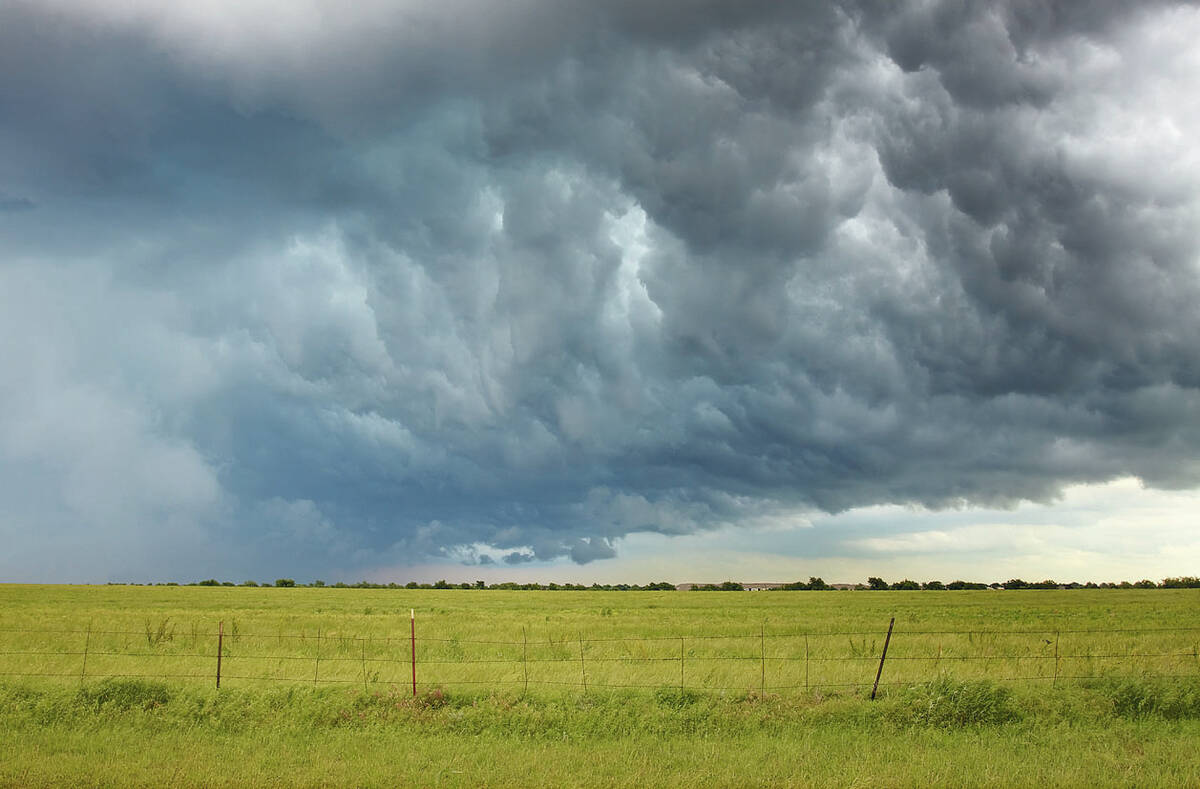
Claims filed in Alberta hailstorm aftermath
The numbers are still coming in for the cost of the damage caused by a huge hail storm that hit various areas of Alberta Aug. 20.
Amount seeded
In west-central Saskatchewan, provincial soil conservationist Dennis Haak estimated 18 percent of the crop was direct seeded this year, up from 13 percent in 1994.
Analysts say farmers are switching to direct seeding to reduce erosion and conserve soil moisture. Lack of moisture is a major concern for farmers in west-central Saskatchewan.
Keeping more straw cover on the ground protects crops from wind and water erosion. Ground moisture is conserved by reducing soil disturbance and exposure to the atmosphere, Hack said.
Direct seeding uses narrow openings to plant the seeds, wider spacing between rows and much more on-row packing than conventionally seeded fields. The commonly used air drill system makes only one pass over the field to deposit the seed and fertilizer.
Controlling the greenhouse effect, a theory that many scientists say plays a key role in global warming, is another reason for the system’s growing popularity. Reduced soil tillage means less breakdown of organic matter in the soil, which means less carbon dioxide is released into the atmosphere. Carbon dioxide is cited as a main culprit that prevents warm air from escaping the earth’s atmosphere.
Blair McClinton, assistant manager with the Saskatchewan soil conservation association in Indian Head, said economic factors have also helped turn farmers onto direct seeding.
The economic downturn of the late 1980s forced farmers to delay buying new farm equipment. If they did, direct seeding implements were cheaper and easier to modify than replacing their entire conventional system.
“People are interested in practicing methods that conserve soil, but they like the short-term gains as well,” McClinton said.
Popular for pulses
Haak also found more oilseed and pulse crops are being direct seeded than cereal crops.
“I think what’s happening is that farmers who are looking at direct seeding are also looking at continuous cropping and growing more varied crops,” he said. “These things all work together to complement each other.”
When farmers reduce the amount of fallow acres to do more continuous cropping, they often plant peas, lentils or canola. Prices for the crops have been good and the rotation reduces disease and weed problems, Haak said.
“Direct seeding works well with a varied crop rotation.”










